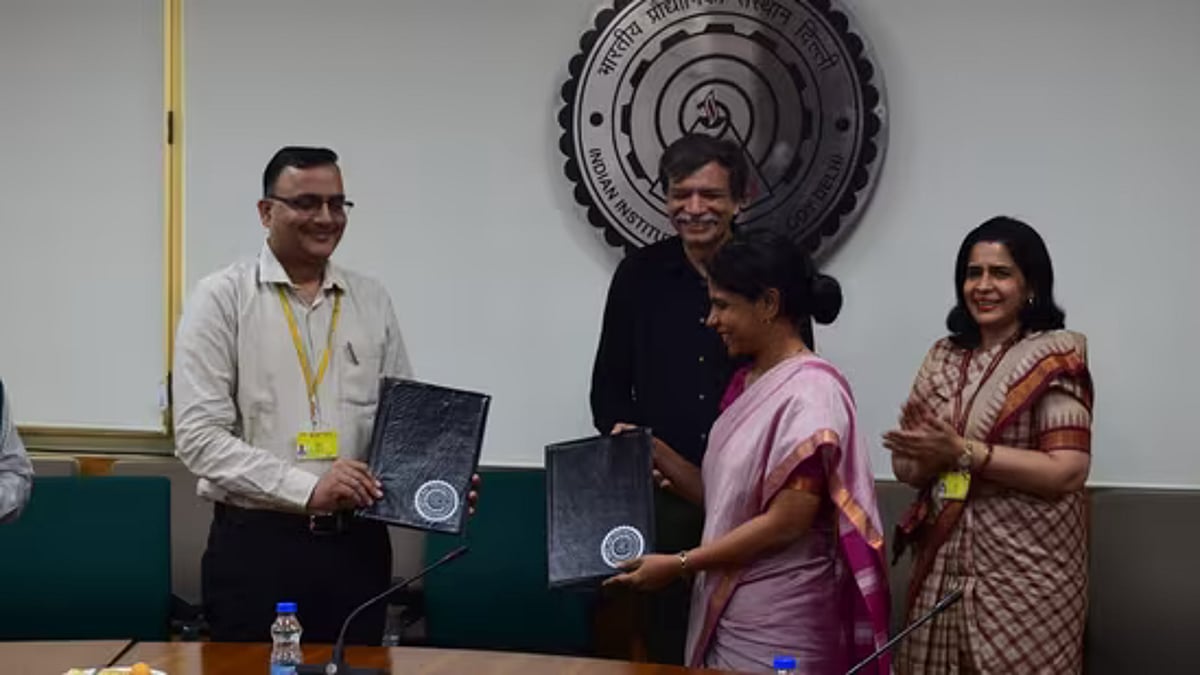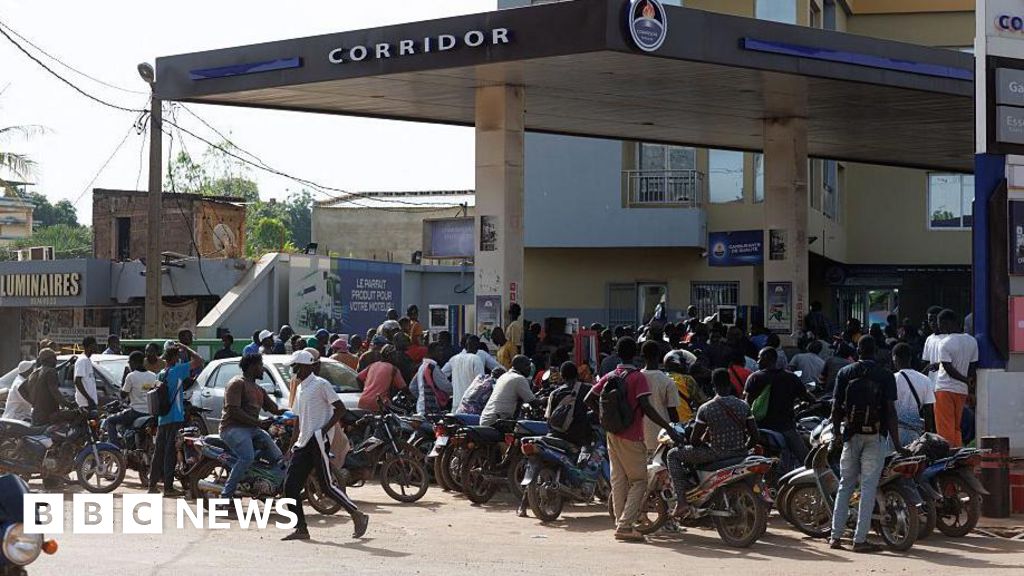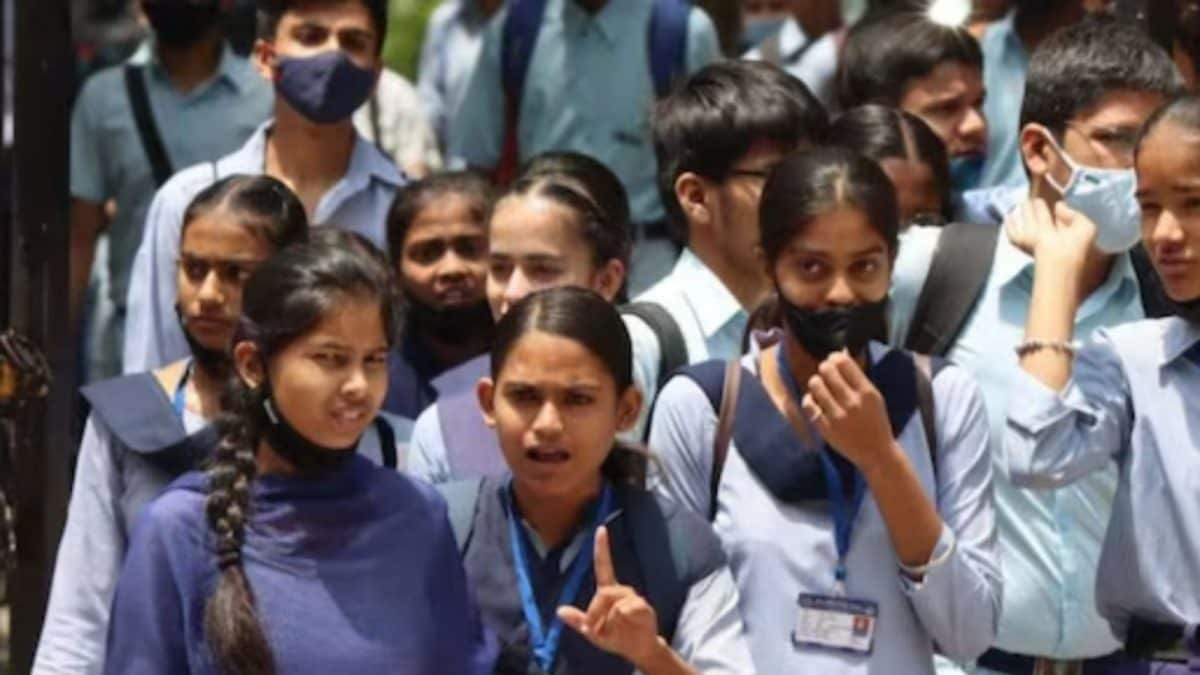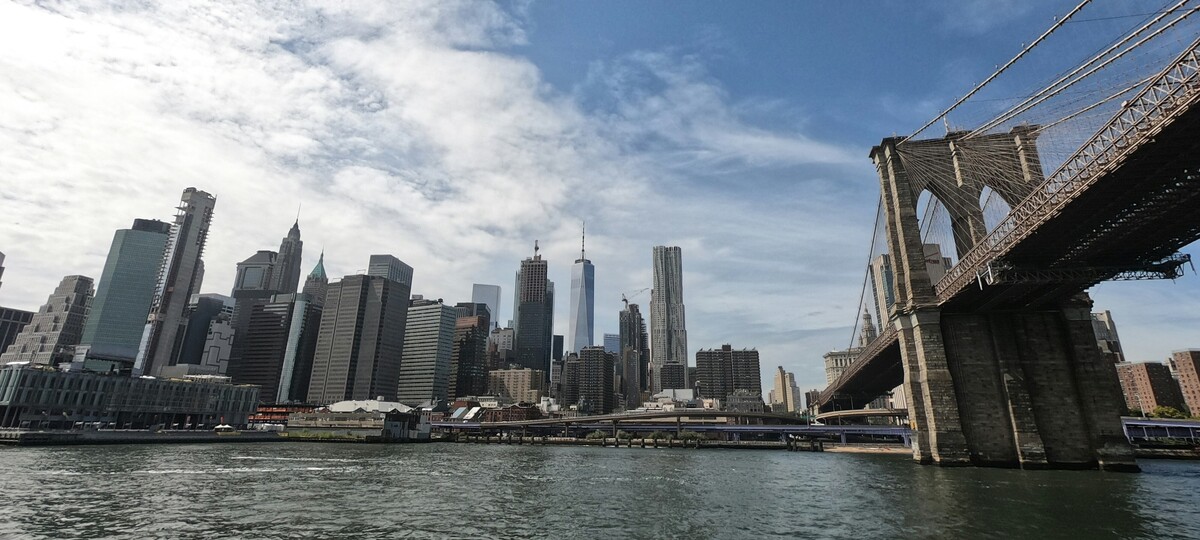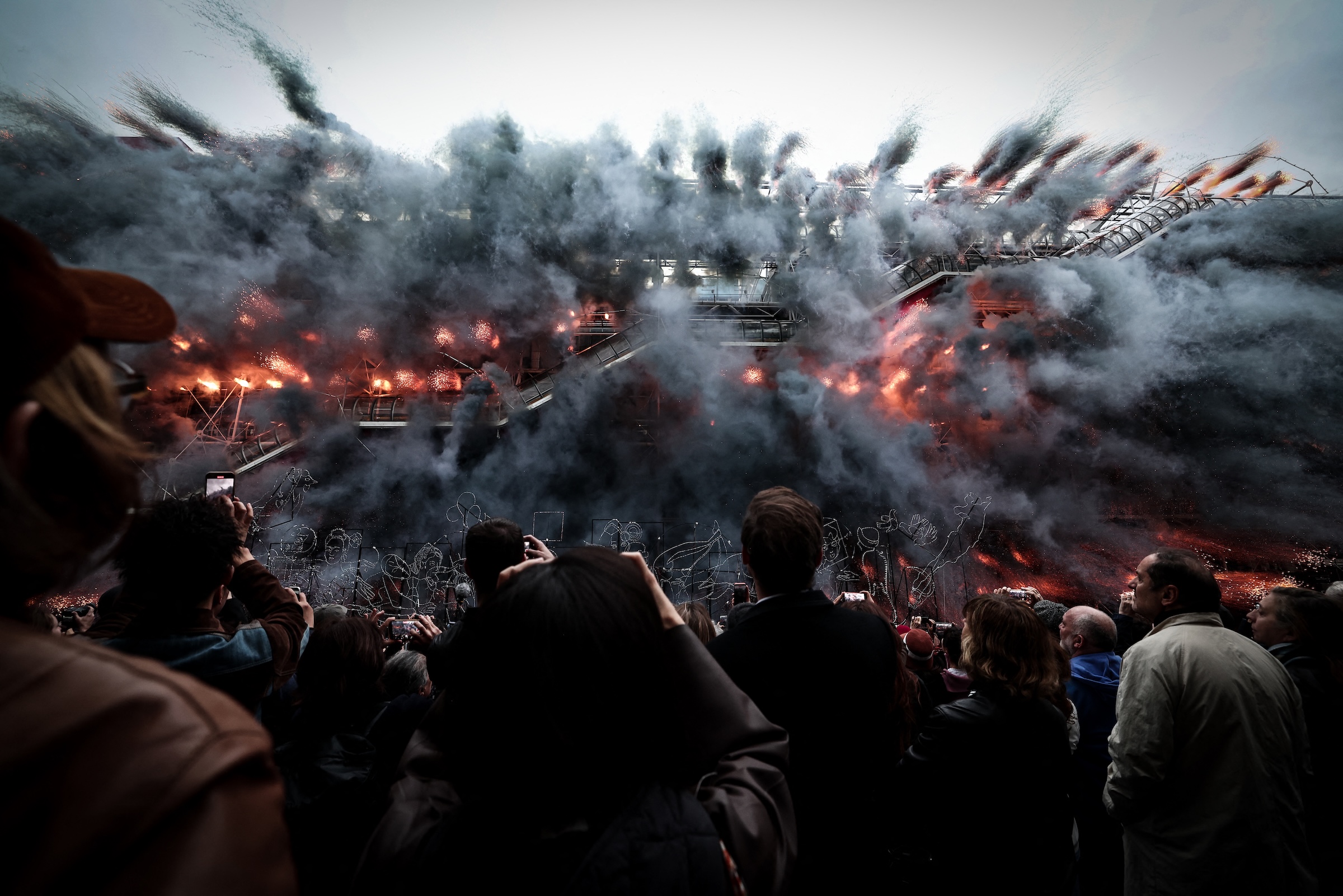Genocide in Sudan: Civil war between radical Islamist SAF and RSF has resulted in a dire crisis for Christian minorities, thousands killed and starved while the world ignores
Sudan’s ongoing civil war has taken a horrific turn, with new reports of mass killings and ethnic violence emerging from the Darfur region. El-Fasher fell on Sunday, 26th October, after 18 months of RSF seize, which blocked the entry of food and essentials for thousands of people trapped inside. The brutal conflict between the Sudanese Armed Forces (SAF) and the Rapid Support Forces (RSF) has left more than two thousand dead, millions displaced, and entire communities wiped out by Friday, 31st October. For over 18 months, El-Fasher, the capital of North Darfur, had been under siege by the RSF, a powerful paramilitary group that grew out of the notorious Janjaweed militias responsible for the early 2000s Darfur genocide. El Fasher was the last remaining stronghold of the Sudanese Armed Forces. When the city finally fell, the violence that followed mirrored the same atrocities that shocked the world two decades ago. 1.2 million people in the city had been under siege for 18 months, forced to survive on animal feed, or worse, as the RSF built 56km (35-mile) of barriers, preventing entry of food and medicine and sealing off escape routes. Nearly 25 million people in Sudan are facing extreme hunger, and over half a million children have already died in a man-made famine caused by war. As Islamists commit a horrific genocide, the familiar moralist voices have fallen silent. Compare the scale of Sudan’s catastrophe… pic.twitter.com/IBdfTzlVxj— Maral Salmassi (@MaralSalmassi) October 29, 2025 An analysis by Yale’s Humanitarian Research Lab (HRL) appeared to confirm reports of mass killings, using satellite imagery and remote-sensing data. According to the HRL, clusters of objects and ground discolouration are evidence of human bodies and pools of blood. The clusters and discolouration were not present in images taken before the RSF invaded, the report noted. More than 26,000 people have fled el-Fasher in just two days, most on foot towards Tawila, 70km (43 miles) to the west, the UN said. Some 177,000 civilians remain trapped in El-Fasher, according to the International Organisation for Migration. A report earlier this month stated that as many as 14 million people have been displaced, calling the Sudan civil war the worst displacement crisis in the world currently. Image via Aljazeera The RSF fighters themselves have posted videos online, showing civilians, mostly men and boys, being executed, beaten, and mocked. The footage, which has spread across social media, has been verified by multiple human rights investigators. According to the Yale report, El-Fasher “appears to be undergoing a systematic and intentional process of ethnic cleansing of indigenous non-Arab communities through forced displacement and execution.” The RSF denies accusations of genocide, but even its leader, General Mohamed Hamdan Dagalo, known as “Hemedti,” admitted that his forces had committed “violations.” He released a video expressing “regret” for what had happened and announced the arrest of one RSF fighter, a move international observers dismissed as symbolic. The roots of Sudan’s endless war Sudan has a long and painful history. Since gaining independence in 1956, after nearly six decades of British Egyptian rule, Sudan has endured a succession of devastating wars in its southern, western, and eastern regions. According to United Nations estimates, the civil war in South Sudan claimed around two million lives before the region’s succession in 2011. In western Sudan, the Darfur conflict left more than 300,000 people dead between 2003 and 2019. Sudan conflict map by Visual Capitalist. Link: https://www.visualcapitalist.com/map-explainer-sudan/ Even before the current war, recurring tribal and regional clashes had already exacted a heavy toll, killing over 250,000 people. Today’s conflict has only deepened this national tragedy. More than 150,000 people have been killed and millions have been displaced, and countless civilians subjected to grave abuses, including extrajudicial killings, arbitrary detentions, sexual violence, and widespread looting. The war has also brought agricultural and industrial activity to a standstill, driven nearly 19 million children out of school, destroyed critical infrastructure, and caused the Sudanese currency to collapse to unprecedented levels. By 2023, their rivalry had exploded into open warfare. Since then, at least 15,000 people have been killed in major massacres, including one in El-Geneina, where RSF forces wiped out members of the Masalit tribe. Bloodbath visible from space: A nation drenched in violence What makes the current conflict even more shocking is its scale and savagery. Satellite imagery from several humanitarian organisations has shown bloodstained terrain, destroyed villages, and mass graves so large that they are visible from space. The RSF’s campaign follows a clear and horrifying pattern: surround a city, cut off foo
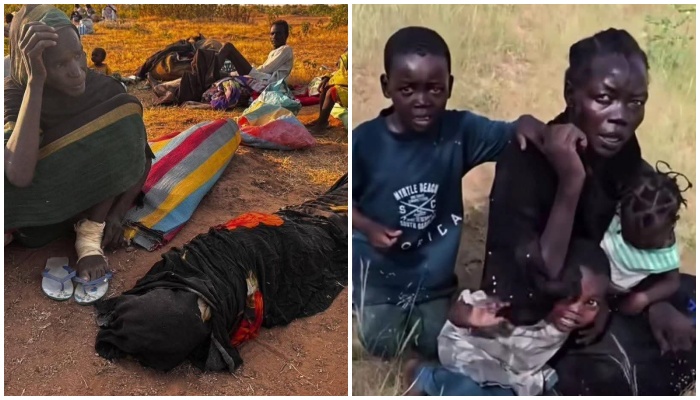


Sudan’s ongoing civil war has taken a horrific turn, with new reports of mass killings and ethnic violence emerging from the Darfur region. El-Fasher fell on Sunday, 26th October, after 18 months of RSF seize, which blocked the entry of food and essentials for thousands of people trapped inside.
The brutal conflict between the Sudanese Armed Forces (SAF) and the Rapid Support Forces (RSF) has left more than two thousand dead, millions displaced, and entire communities wiped out by Friday, 31st October.
For over 18 months, El-Fasher, the capital of North Darfur, had been under siege by the RSF, a powerful paramilitary group that grew out of the notorious Janjaweed militias responsible for the early 2000s Darfur genocide. El Fasher was the last remaining stronghold of the Sudanese Armed Forces. When the city finally fell, the violence that followed mirrored the same atrocities that shocked the world two decades ago.
1.2 million people in the city had been under siege for 18 months, forced to survive on animal feed, or worse, as the RSF built 56km (35-mile) of barriers, preventing entry of food and medicine and sealing off escape routes.
Nearly 25 million people in Sudan are facing extreme hunger, and over half a million children have already died in a man-made famine caused by war. As Islamists commit a horrific genocide, the familiar moralist voices have fallen silent. Compare the scale of Sudan’s catastrophe… pic.twitter.com/IBdfTzlVxj
— Maral Salmassi (@MaralSalmassi) October 29, 2025
An analysis by Yale’s Humanitarian Research Lab (HRL) appeared to confirm reports of mass killings, using satellite imagery and remote-sensing data.
According to the HRL, clusters of objects and ground discolouration are evidence of human bodies and pools of blood. The clusters and discolouration were not present in images taken before the RSF invaded, the report noted.
More than 26,000 people have fled el-Fasher in just two days, most on foot towards Tawila, 70km (43 miles) to the west, the UN said. Some 177,000 civilians remain trapped in El-Fasher, according to the International Organisation for Migration.
A report earlier this month stated that as many as 14 million people have been displaced, calling the Sudan civil war the worst displacement crisis in the world currently.

The RSF fighters themselves have posted videos online, showing civilians, mostly men and boys, being executed, beaten, and mocked. The footage, which has spread across social media, has been verified by multiple human rights investigators.
According to the Yale report, El-Fasher “appears to be undergoing a systematic and intentional process of ethnic cleansing of indigenous non-Arab communities through forced displacement and execution.”
The RSF denies accusations of genocide, but even its leader, General Mohamed Hamdan Dagalo, known as “Hemedti,” admitted that his forces had committed “violations.” He released a video expressing “regret” for what had happened and announced the arrest of one RSF fighter, a move international observers dismissed as symbolic.
The roots of Sudan’s endless war
Sudan has a long and painful history. Since gaining independence in 1956, after nearly six decades of British Egyptian rule, Sudan has endured a succession of devastating wars in its southern, western, and eastern regions. According to United Nations estimates, the civil war in South Sudan claimed around two million lives before the region’s succession in 2011. In western Sudan, the Darfur conflict left more than 300,000 people dead between 2003 and 2019.

Even before the current war, recurring tribal and regional clashes had already exacted a heavy toll, killing over 250,000 people. Today’s conflict has only deepened this national tragedy. More than 150,000 people have been killed and millions have been displaced, and countless civilians subjected to grave abuses, including extrajudicial killings, arbitrary detentions, sexual violence, and widespread looting.
The war has also brought agricultural and industrial activity to a standstill, driven nearly 19 million children out of school, destroyed critical infrastructure, and caused the Sudanese currency to collapse to unprecedented levels.
By 2023, their rivalry had exploded into open warfare. Since then, at least 15,000 people have been killed in major massacres, including one in El-Geneina, where RSF forces wiped out members of the Masalit tribe.
Bloodbath visible from space: A nation drenched in violence
What makes the current conflict even more shocking is its scale and savagery. Satellite imagery from several humanitarian organisations has shown bloodstained terrain, destroyed villages, and mass graves so large that they are visible from space.
The RSF’s campaign follows a clear and horrifying pattern: surround a city, cut off food and medicine, block electricity and communication, and then attack once the population is weakened. “They are using starvation and terror as weapons of war,” said Claire Ferguson, a researcher documenting atrocities in Darfur.








































































